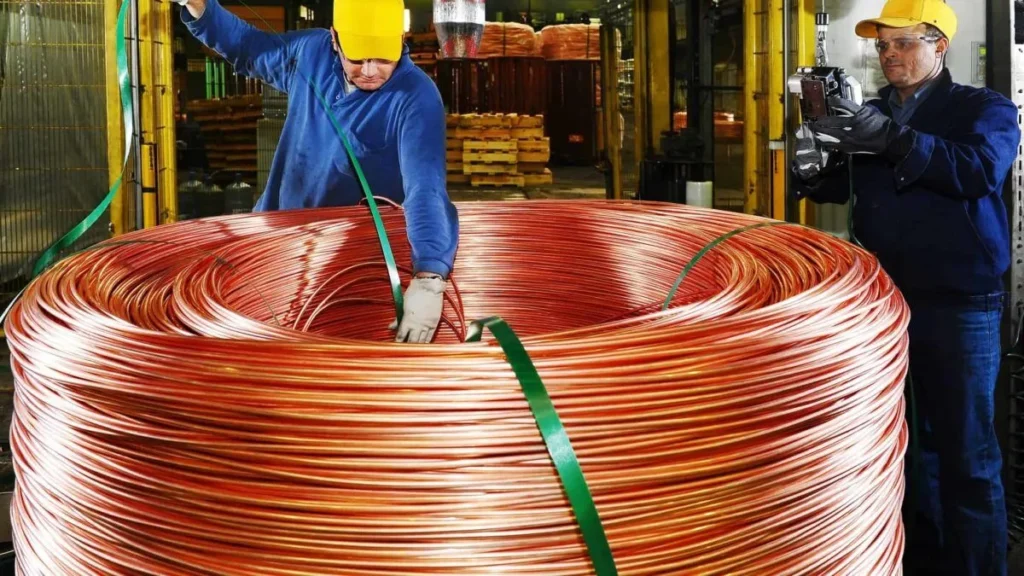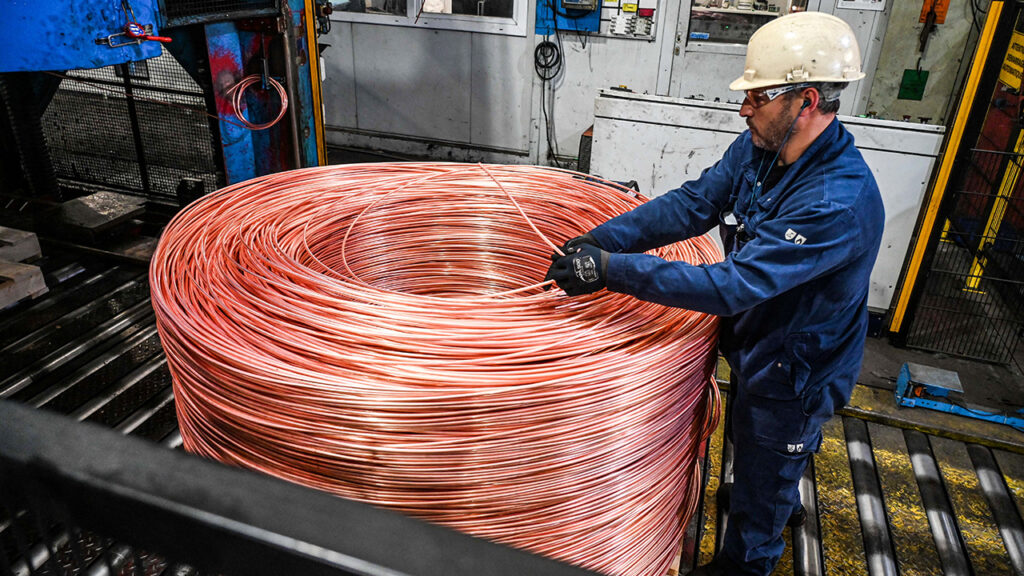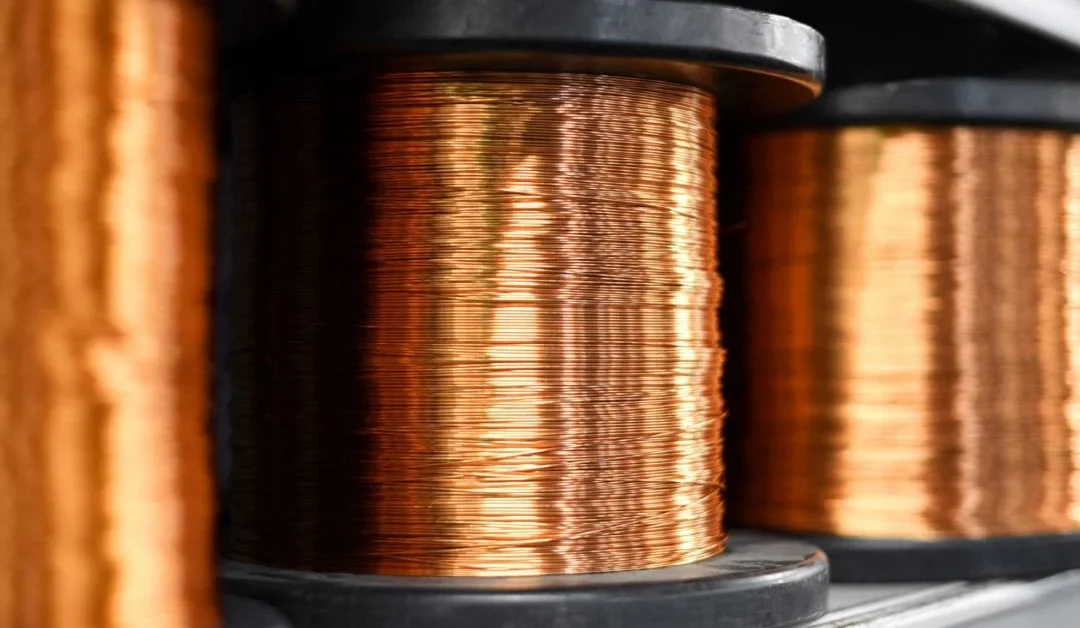- Copper plays a critical role in the energy sector due to its electrical and thermal conductivity.
- A reduction in copper supply can lead to increased prices in energy equipment, hindering the industry’s growth.
- Copper is used in renewable energy, electric vehicles, power grids, and other electrical equipment.
Copper is a vital component in the energy industry. This versatile metal is widely used in the generation, distribution, and storage of energy. Its thermal and electrical conductivity properties make it an indispensable material for various applications such as plumbing, electrical wiring, and other industrial activities. Copper is also essential for electric vehicles, the electrical infrastructure, and the power grid in general. This article discusses the uses of copper in the energy industry and the effects of a reduced supply of copper on the industry.
Utility fasteners are a type of hardware that is used to connect and secure different components of utility infrastructure. These fasteners include bolts, nuts, screws, washers, eyenuts, anchors, and rivets, among others. They are made from materials such as stainless steel, carbon alloy, and titanium, which help to resist rust and corrosion and ensure a longer serviceable life. Utility fasteners are commonly used in the energy industry for overhead transmission lines, power lines, telecommunications, and broadcasting lines to prevent abrasion and damages to the connections and ensure they are safe and secure during and after installation.
Uses of Copper in the Energy Industry

Copper plays a significant role in the energy industry due to its electrical and thermal conductivity properties. Its main uses include:
- Renewable Energy
Copper is a key component in wind turbine generators, acting as a conductor in transmission lines to carry electricity to the power grid. In solar panels, copper works as a conductor in photovoltaic cells to convert sunlight into electricity.
- Electric Vehicles
Copper’s high electrical conductivity and strength make it an ideal material for electric vehicle production. It is used in electric motor wiring, charging stations, charging cables, and connectors.
- Electrical Equipment
Copper is used in the winding of coils, which generate and transmit electrical power. It is also used to connect various components in electrical circuits. Equipment that uses copper includes transformers, energy storage systems, and batteries.
Effects of Copper Supply in the Energy Industry

A reduction in the supply of copper can have significant implications for the growth and development of the energy mix in the industry. The main effects of a shortage in the supply of copper are:
- Growth and Development of Renewable Energy Sources
A limited supply of copper increases the cost of producing renewable energy technologies such as wind turbines, solar panels, and electric vehicles.
- Expansion of Power Grids
Power grids require copper conductors to send electricity, and a shortage of copper limits the growth of power grids to accommodate renewable sources.
- Energy Efficiency
Copper is a key material used in the construction of energy-efficient equipment, including motors, transformers, and generators. A reduced supply of copper increases the cost of producing energy-efficient equipment, making it less accessible and affordable.
Utility Fasteners in the Energy Industry
Utility fasteners play a crucial role in ensuring safe and secure connections in the energy industry. They include devices such as bolts, nuts, washers, and eyenuts. These fasteners are made from materials such as stainless steel, carbon alloy, and titanium to resist rust and corrosion for longer serviceable life. Utility fasteners are used in power lines, telecommunications, and broadcasting lines to distribute weight and prevent abrasion and damages.
Conclusion
Copper is a critical component in the energy industry. Its supply is essential for the growth and development of renewable energy sources, the expansion of power grids, and the production of energy-efficient equipment. The use of utility fasteners ensures safe and secure connections in the energy industry. Finding new and sustainable ways of sourcing and recycling copper is crucial to ensure the growth of the energy industry.
FAQs
Copper plays a critical role in the energy industry due to its electrical and thermal conductivity. It is used in various applications, such as transformers, generators, motors, transmission lines, and renewable energy technologies.
Utility fasteners are a type of hardware used to connect and secure different components of utility infrastructure, such as overhead transmission lines, power lines, telecommunications, and broadcasting lines. They are made from materials such as stainless steel, carbon alloy, and titanium and help to resist rust and corrosion.
A shortage of copper supply in the energy industry can lead to increased prices in energy equipment and hinder the growth and development of renewable energy sources, power grids, and energy-efficient equipment. It can also increase concerns about potential shortages and affect the affordability and accessibility of such technologies.


